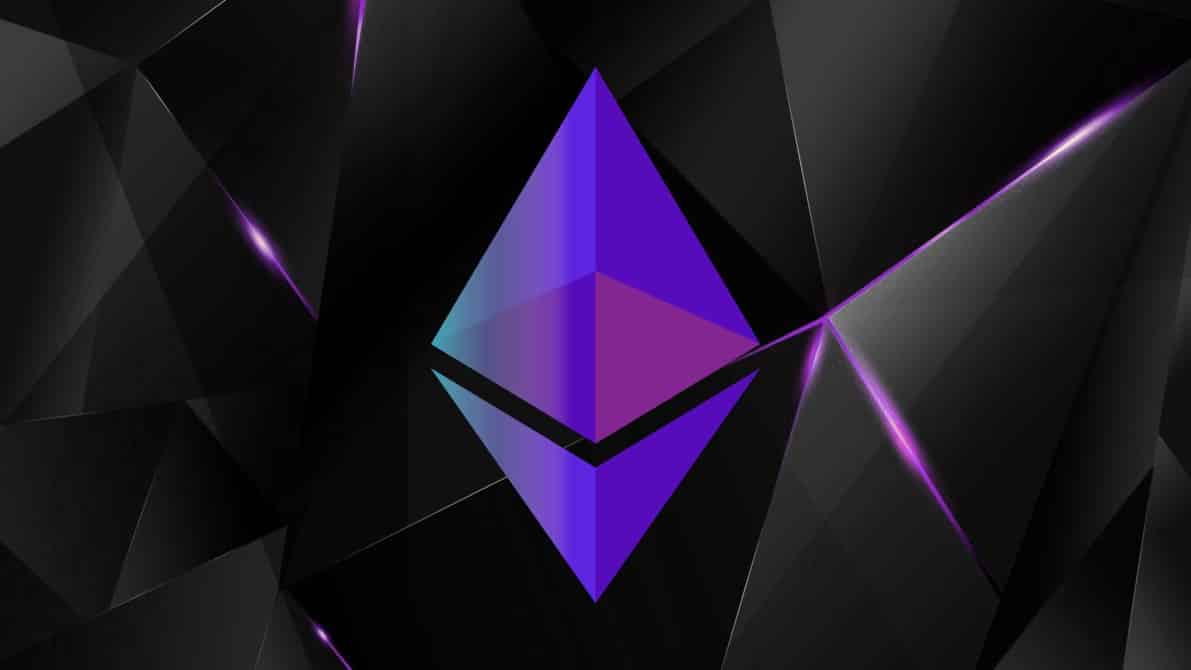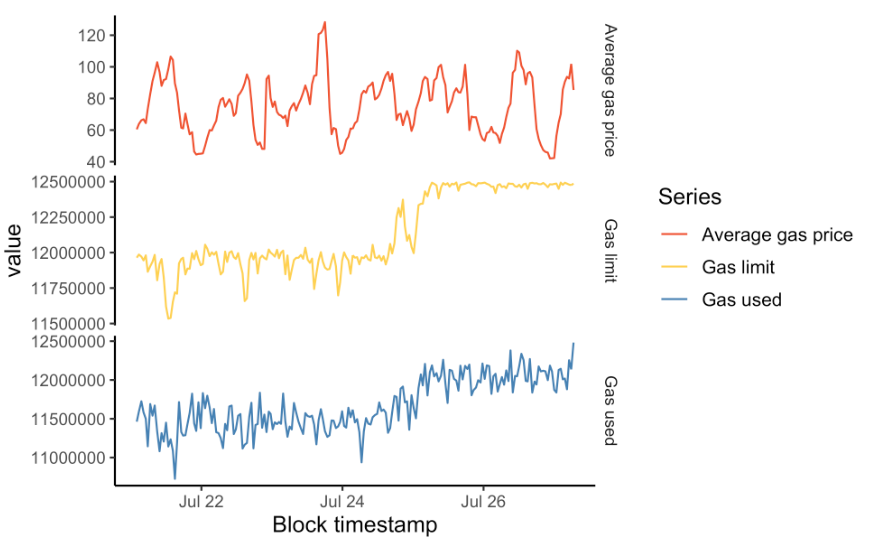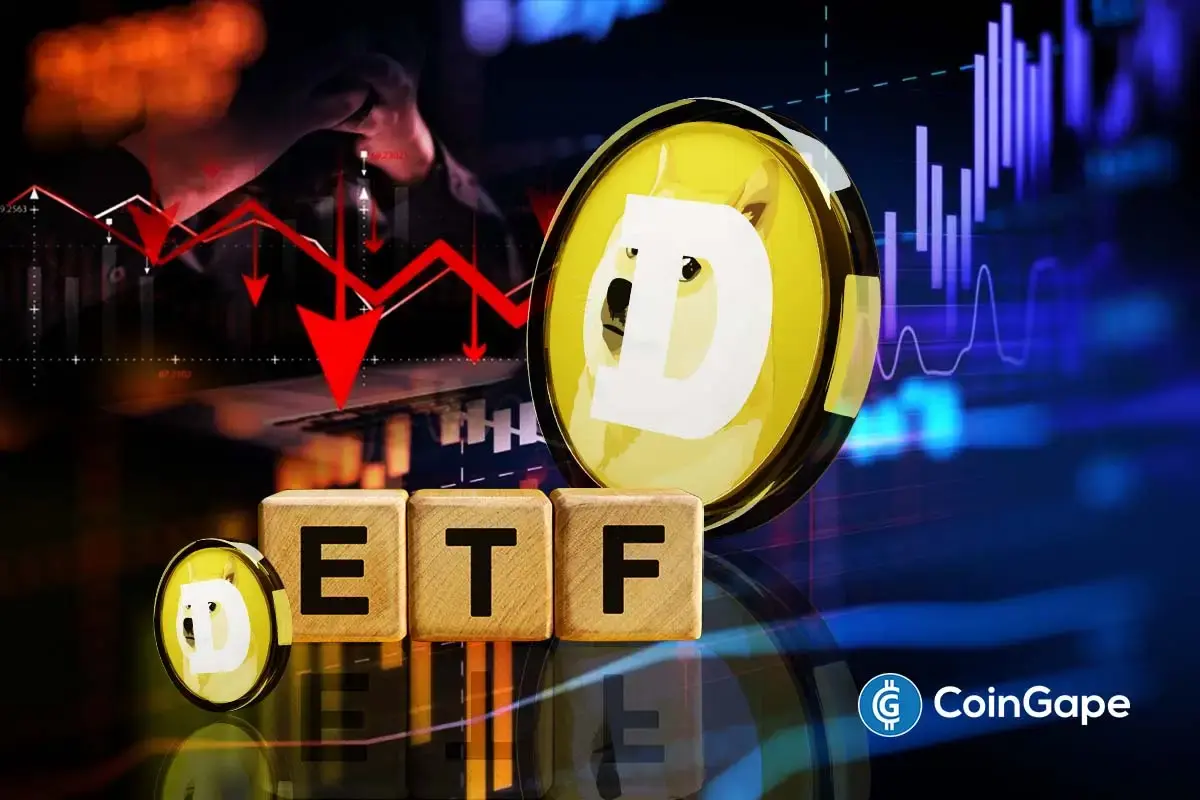Ethereum [ETH] Unaffected by Gas Limit Increase by Miners: Research

As the fees of Ethereum transactions were increasing across the board, the miners decided to increase the GAS limit from 12 M to 12.5 M, a 4% rise. Ths research paper by Barnabe Monnot, an independent researcher, attempts to study the effect of the change on the network and by extension estimating Ethereum and Bitcoin’s elasticity demand.
The Elasticity of Bitcoin and Ethereum
The price elasticity of demand (PED) is an economic ratio used to measure the effect of changes in demand for a product based on the change in its price. According to the research, the value for Bitcoin and Ethereum is 0.4-0.6 and 1-2 respectively. The PED for Bitcoin suggests that the demand is less sensitive to the increase in fees.
On the other hand, Ethereum’s demand is proportional to its demand. Vitalik Buterin, the co-creator of Ethereum seemed to confirm the analysis. He cites from his own research on elasticity demand which confirms the ratio value at approx 1. A unit elastic demand implies that the demand for the product will move proportionately with the price change. Monnot notes,
Ethereum’s demand is more elastic likely because there is a wider array of applications that can be developed on Ethereum, with different costs per unit gas.

Hence, from the vast array, some categories of applications chose to quit which cannot sustain the high GAS fees. Nevertheless, based on the percentage increase in GAS limit and unit elasticity observation, Buterin notes,
If the elasticity is 1 then of course a 4% rise in gaslimit will have a negligible effect on an already super-volatile gasprice!
The oscillation in the gas price chart confirms Buterin’s hypothesis. On a positive note, it has increased the gap usage without the increase in the price.
The Pending Decision on Mining Fees and Rewards
Nevertheless, the transaction fees on Ethereum is increasing substantially now; climbing up exponentially past 2019 high.
Transaction fee revenue is now nearing half as high as block reward revenue. This actually risks making ethereum *less* secure because of https://t.co/Dase8SL30z. Fee market reform (ie. EIP 1559) fixes this; another reason why that EIP is important. pic.twitter.com/eqU3tAMh67
— vitalik.eth (@VitalikButerin) July 21, 2020
According to his prior research, block rewards are essential for the security of the network and could possibly hurt Bitcoin in the future as well. Moreover, with scaling solutions are nearly a year away, there is uncertainty around the continued rate of development of Ethereum.
Do you think the transaction fee dilemma will shape the crypto bull run? Please share your views with us.
- $12T Vanguard Still Skeptical of Bitcoin Despite Offering BTC ETFs, Calls It a ‘Digital Labubu’ Toy
- Breaking: OCC Grants Ripple Conditional Approval For Banking License
- Crypto ETF Issuer Bitwise Defends Michael Saylor’s Strategy, Urges MSCI Neutrality on DATs’ Inclusion
- Fed’s Goolsbee “Optimistic” About More Rate Cuts Next Year Despite FOMC Dissent
- Coinstore Unveils 5-Year Roadmap as Exchange Marks Fifth Anniversary
- Expert Predicts Bitcoin Price Crash to $75k as ETF Inflows Fall, Treasury Companies Plunge 83%
- HYPE Price Jumps 8% as Open Interest Hits $1.61B — Is $50 Next?
- Is Solana Price Poised for a +50% Bullish Rally? Here’s What to Expect
- Top 3 Price Predictions for Bitcoin, Ethereum, and XRP in DEC 2025
- Will Chainlink Price Break Toward $20 After 84K LINK Reserve Increase?
- XRP Price Target $3 as Spot ETFs Continue to See Inflows

















